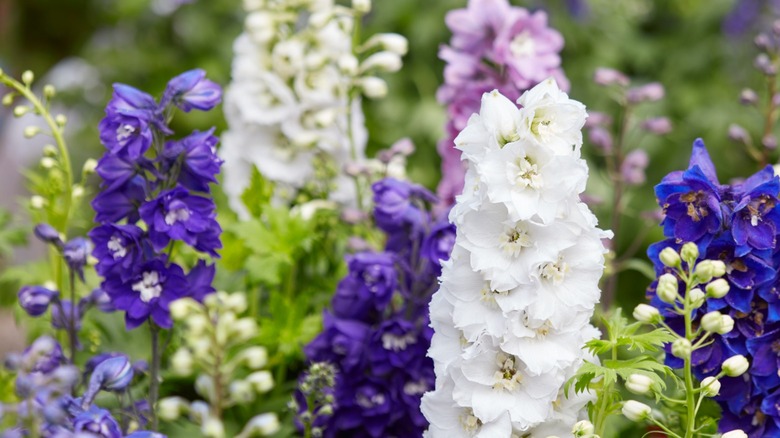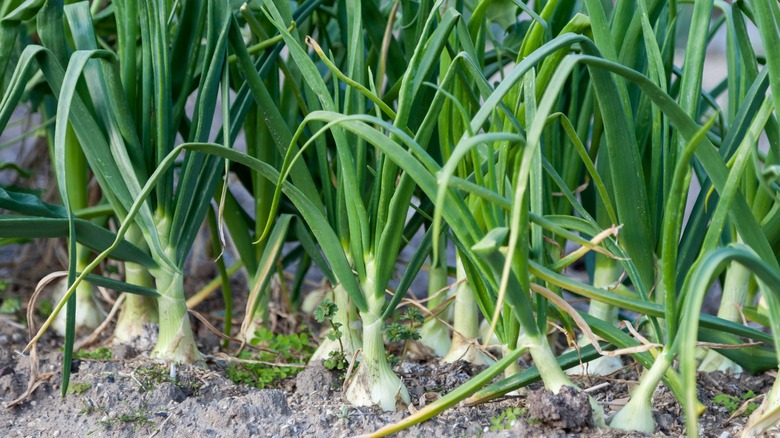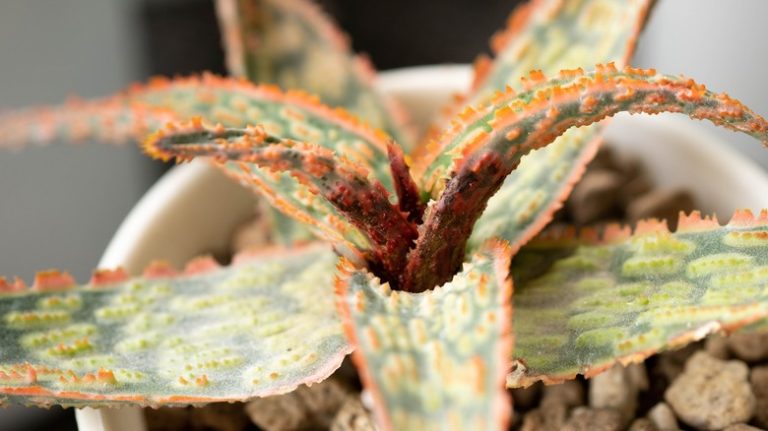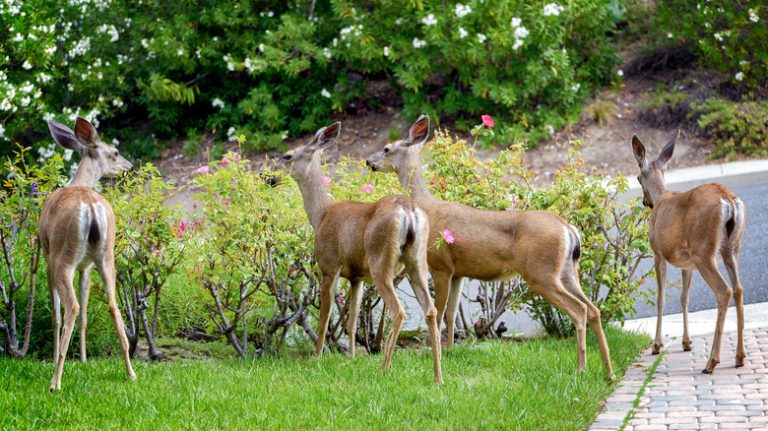Japanese beetles are a particularly troublesome and destructive invasive species, first introduced in New Jersey in 1916. They’re in multiple states currently, and the damage they’ve done is extensive. Japanese beetles feed on well over 300 species of plants, and they’re voracious eaters that attack in hordes. They devour the tissue between the veins of leaves in a “skeletonizing” of the plant, a telltale and distinct signature of their destruction. Even when they’re still just grubs, they feast on the roots of lawn grasses and can kill large patches, ruining the landscape.
Japanese beetles live for about a year, with most of their lives spent as grubs. Adults only live for about 30 to 45 days. It is estimated that the cost of damage and controlling them every year exceeds $460 million. These bugs are extremely difficult and expensive to control, though most of the damage they cause as adults is only superficial. In other words, it’s widely just aesthetic damage done to plants, as hardy plants can survive fairly heavy feeding. The beetles can affect yields and stunt the growth of edible crops, however. The good news is that you can naturally keep Japanese beetles out of your lawn and garden by planting specific perennial plant crops.
Plant larkspur or tansy

The first thing you can do is try planting some larkspur. Larkspur acts as a deterrent to Japanese beetles. Try planting it around the edges of your edible garden bed or flowers you want to protect, like roses, to keep them at bay. Larkspur has lovely purple, blue, pink, or white cone-shaped blooms but can be difficult to grow from seeds, so you might want to start with seedlings. This plant is mildly toxic to people and pets, however, so place with care.
Another idea is tansy, a perennial herb that can be used to deter Japanese beetles, which dislike the plant’s strong-scented yellow flower clusters that grow to about four feet in height. They will grow in partial shade to full sun as long as the soil is moist and fertilized. You can start tansy from seed or from division of the rhizomes underground; once established, they will self-sow. Tansy makes a great companion plant for raspberries, which happen to be one of the favorites of Japanese beetles. Bonus: Tansy also deters squash bugs and cucumber beetles.
Plant garlic

Another terrific suggestion is to plant an unexpected kitchen staple — garlic, which is often grown as an annual crop but can also be grown as a perennial. Growing garlic and chives together will deter Japanese beetles because they don’t care for either scent and, incidentally, will deter many other detrimental pests in the garden. You can plant garlic beside or among the plants you want to protect. After they begin to sprout, you can crush some of the leaves in the mornings to intensify the scents when Japanese beetles are prolific.
To get garlic growing as a perennial, simply harvest only the large plants and leave some of the smaller ones behind. Believe it or not, garlic is winter-hardy and simple to grow. It actually likes the cold weather and can tolerate freezes as long as the soil can drain well beneath. Additionally, keep the ground mulched over winter to help keep moisture in. Full sun is what garlic likes best. You can even plant garlic from cloves you get at the store, pointy side up, about four inches deep, in the fall. And even if it doesn’t keep the Japanese beetles away completely, you’ll have your own fresh garlic plant in the garden year-round!



